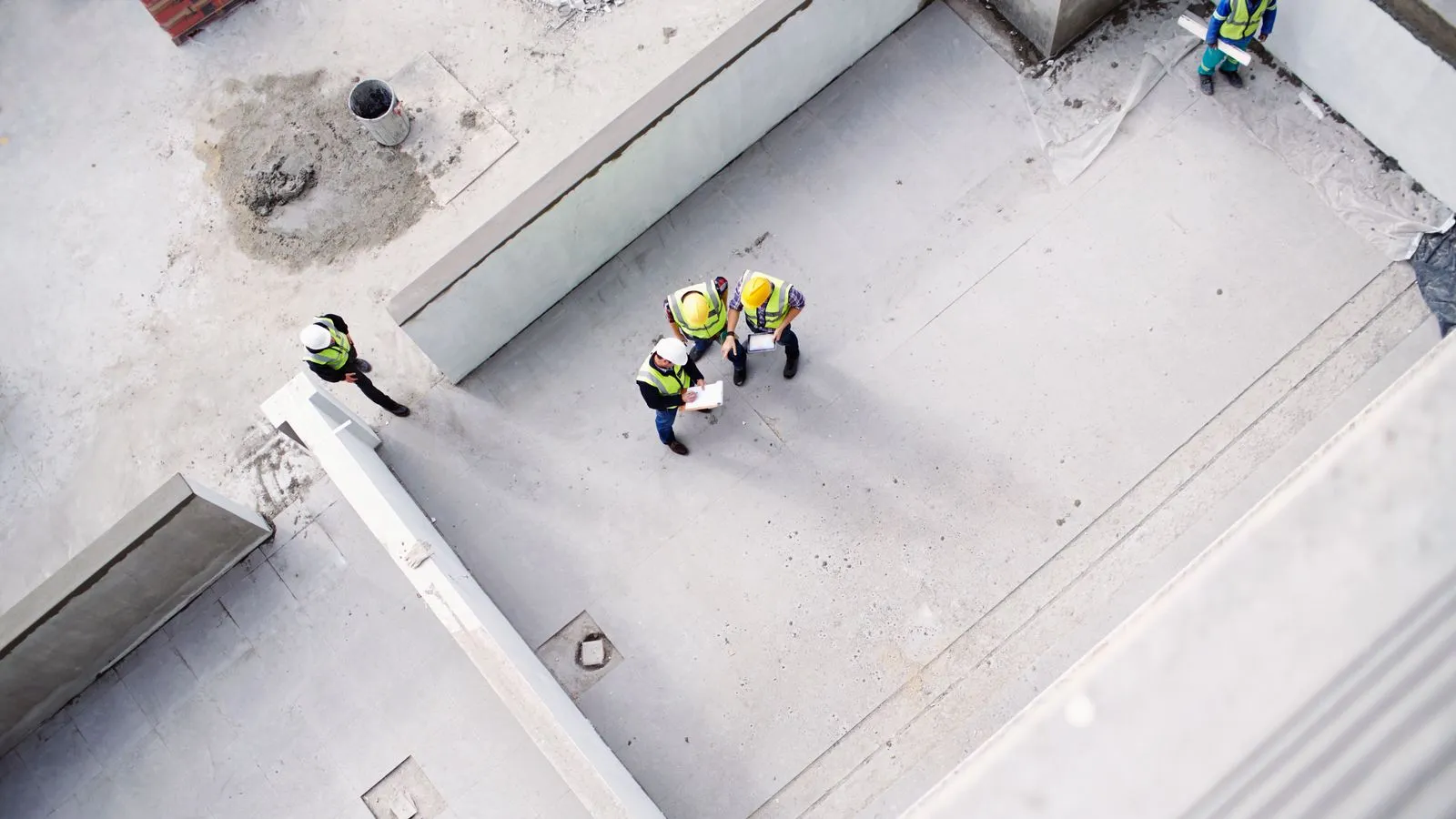Tendering takes time. You compile documents, answer questions, chase quotes, and finally submit — only to get a no.
It’s frustrating. Nobody likes a knockback, especially when it throws your procurement schedule off balance.
Tender rejection is more than a simple ‘no thank you.’ It delays your programme, introduces risk, and signals that something in your process needs a closer look.
Below, we unpack the main causes of tender rejection, how to respond without burning bridges, and what to change before your next submission.
Why tender rejection matters
Rejection doesn’t just feel bad — it ripples across your entire programme.
Suppose the internal deadline to award the structural steel package fell on 15 June. You compared quotes, prepared a recommendation, and sent it for approval. Then it got knocked back. Perhaps the exclusions were fuzzy, the pricing looked off, or someone flagged a compliance issue. Whatever it was, you’re now back to square one.
You lose time, your tasks get out of sync, and other dependent packages slip. That affects contract issue dates, site starts, and budget forecasts.
It also hits morale. After putting in hours on the tender, you have to do it all over again.
Most importantly, rejection highlights a bigger issue. If the scope is unclear or the pricing breakdown lacks structure, refusing to fix it means the cycle will repeat. Rejections often hint at deeper problems — irregular tender returns, inconsistent evaluations, or unstructured cost comparisons. It’s not just one tender you risk losing. It’s many.
Common causes of tender rejection
Many assume a tender is rejected because the price is too high or the duration is too long. Often, it’s something simpler.
Scope misalignment
A muddled scope is the top reason for a knockback. If the scope is unclear, missing essentials, or contradicts itself, it raises doubts.
For instance, including ‘full bathroom fit-out’ but leaving out plumbing details raises eyebrows. Referencing old drawings also causes confusion. Most clients won’t chase clarity. They’ll just move on.
Pricing confusion
Sloppy pricing wastes time. If your breakdown doesn’t show how costs stack up, the evaluator can’t compare or trust the numbers.
Some tenders arrive as one lump sum with no line items or disclaimers, forcing the client to guess what’s covered. They see that as unnecessary risk.
Use a clear breakdown:
• Labour, materials, prelims, plant, overheads
• Exclusions (scaffolding, craneage, permits)
• A standard format for consistency
Poor fit
Some jobs just aren’t right for your business. Perhaps they’re outside your capability, or the timing clashes with another major project. Sometimes the client prefers known contractors.
Rejection in these cases isn’t a failure; it’s a sensible risk decision. Spotting it early saves you from pricing a job that was never yours.
Analyse feedback and build relationships
When you lose a tender, your next step is crucial. Silence ends the relationship. A quick, courteous response keeps it open.
Even if you don’t get the job, your reaction leaves a lasting impression on estimators, project managers, and commercial teams.
Best practices for requesting and applying feedback:
• Follow up within two or three days. Shows genuine interest without appearing desperate.
• Ask direct questions. Was it the scope, the pricing, or something else?
• Resist defending the bid. This is about learning, not arguing.
• Take notes. Your notes should live somewhere central, not hidden in an inbox.
• Acknowledge the outcome. Thank them and emphasise you’re ready for the next opportunity.
Estimators and project managers change companies and locations. How you handle a loss now can lead to bigger wins down the road.
Refine your tender approach
A failed tender in the past doesn’t justify the same approach next time. Start addressing issues before you even send out a package.
The Old Way relied on random checklists, scattered quotes, and guesswork. The new way relies on structured documentation, consistent pricing formats, and locked-in scopes from the outset.
Standard scope templates
Vague or incomplete scopes cause rejections. Missing specifications, incorrect drawing revisions, and ambiguous clauses create enough worry to sink your tender.
Standard templates solve this by including known trade-specific inclusions, common risks, and consistent layouts. You refine the details instead of building from scratch.
‘You can’t fix uncertain scopes later. If the foundation is shaky, the rest is doomed.’
Templates also save time. If someone leaves halfway through, another person can pick up without starting over.
Detailed cost structure
Unstructured pricing makes evaluation painful. Evaluators want to see how you arrived at your total.
Include:
• Labour, materials, prelims, plant, overheads
• Assumptions for design uncertainties
• Exclusions like scaffolding, craneage, permits
Clarity breeds trust. Clients won’t gamble on unknowns.
Realistic timelines
Rushing leads to errors. Missing drawings or half-reviewed quotes creep in when you’re pressed for time.
Work backwards from the contract award date to set a sensible schedule. Make sure subcontractors can handle multiple packages without rushing them. You’ll get more accurate quotes and fewer major holes.
Prepare for resubmission or next project
Rejection isn’t final. Whether you’re reissuing the same package or aiming for a fresh opportunity, what you do next determines if you fix the problems or repeat them.
Open your tender folder and check every file. Does the scope match the drawings? Has the date changed? Does the pricing still apply? If anything seems unclear, it probably is.
Get your documents in order:
• Scope review. Match inclusions, drawings, and specifications.
• Compliance check. Confirm insurances, licences, and accreditations. In Australia, make sure QBCC and WorkCover are current. In the UK, review CHAS or SSIP.
• Programme alignment. Reconfirm subcontractor availability. If dates have shifted, verify they can still deliver.
Apply feedback and adjust:
If you’ve gathered feedback, do something with it.
• Flag tricky exclusions. One short note can prevent big confusion.
• Improve your cost breakdown. Itemise labour, materials, and overheads clearly.
• Peer review. Another QS or estimator might see flaws you’ve missed.
Plan for the next one now
If you know another project is around the corner — maybe a school redevelopment in Kent — start prepping. Scope templates, subcontractor lists, and scheduling can be lined up early. That way, you’re not panicking when the tender arrives.
Frequently asked questions about tender rejection
Why was my tender rejected?
Most get rejected for one of three reasons: the scope didn’t match, the pricing lacked structure, or the timeline clashed with the programme. Anything that seems uncertain or risky puts you out of the race.
Does one rejection hurt future bids?
Not if you handle it well. A single loss won’t stick if you follow up politely, engage the client’s feedback, and show you’re easy to work with next time around.
How can I avoid repeated rejections?
Seek feedback, then fix the weaknesses. Standardise your scopes, pricing breakdowns, and submission formats so tenders are transparent, aligned, and quick to evaluate.
Take a proactive stance on better procurement
Tender rejection typically signals deeper process issues — too many manual steps, incomplete scopes, or inconsistent pricing. Fixing these starts long before you hit ‘send.’
ProcurePro offers a centralised solution: live procurement schedules, structured scopes, consistent breakdowns, and built-in approvals. You can send, track, compare, and finalise everything without wading through emails and spreadsheets.
If you’re still working The Old Way, there’s a better way. Book a demo and see how it all comes together.







